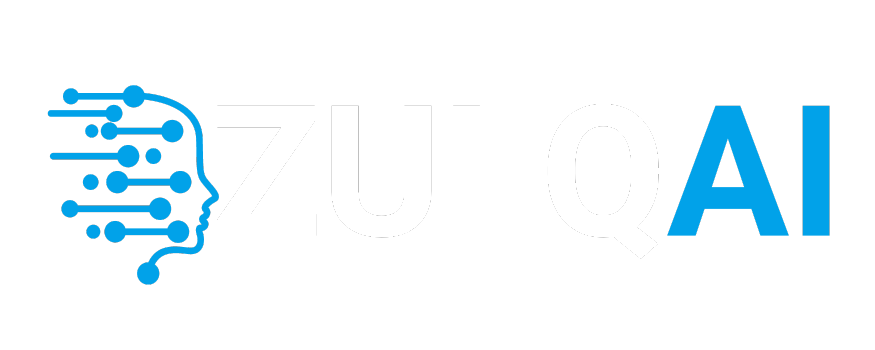Applications Of Algebra In Machine Learning
Algebra plays a critical role in machine learning as it forms the foundation for many mathematical operations and concepts used in data analysis, model development, and algorithm design. Here are key applications of algebra in machine learning:
1. Data Representation and Manipulation
- Vectors and Matrices:
- Algebra is used to represent datasets as vectors (1D arrays) and matrices (2D arrays), which are essential for organizing features and observations in machine learning.
- Example: Representing an image as a matrix of pixel intensities or a dataset with rows as data points and columns as features.
2. Feature Scaling and Transformation
- Algebraic operations are used for:
- Scaling data using normalization or standardization techniques.
- Applying transformations like logarithmic or polynomial expansions to features.
3. Model Representation
- Linear Models:
- Algebra is central to formulating models like linear regression, logistic regression, and support vector machines. These models use equations of the form: y=w1x1+w2x2+⋯+wnxn+by = w_1x_1 + w_2x_2 + \dots + w_nx_n + b
- Neural Networks:
- Algebraic functions (like matrix multiplication) are used to compute activations and outputs in neural networks.
4. Cost Functions and Optimization
- Objective Functions:
- Algebra is used to define cost or loss functions that measure the performance of a model, e.g., Mean Squared Error (MSE): MSE=1n∑i=1n(yi−y^i)2\text{MSE} = \frac{1}{n} \sum_{i=1}^n (y_i – \hat{y}_i)^2
- Gradient Descent:
- Optimization algorithms like gradient descent rely on algebraic computations to update weights and minimize the loss.
5. Dimensionality Reduction
- Techniques like Principal Component Analysis (PCA) and Singular Value Decomposition (SVD) use linear algebra to reduce the dimensionality of data while preserving important features.
6. Kernel Methods
- Algebra is used in kernel functions for support vector machines (SVMs) and other algorithms to transform data into higher dimensions for better separation or classification.
7. Distance and Similarity Measures
- Euclidean Distance:
- Computing the distance between two points in space: d=∑i=1n(xi−yi)2d = \sqrt{\sum_{i=1}^n (x_i – y_i)^2}
- Cosine Similarity:
- Used in text analysis and recommendation systems: cos(θ)=A⋅B∥A∥∥B∥\cos(\theta) = \frac{\mathbf{A} \cdot \mathbf{B}}{\|\mathbf{A}\| \|\mathbf{B}\|}
8. Regularization
- Techniques like L1 (Lasso) and L2 (Ridge) regularization use algebraic penalties to avoid overfitting:
- L1: λ∑∣wi∣\lambda \sum |w_i|
- L2: λ∑wi2\lambda \sum w_i^2
9. Activation Functions
- Algebra is used to compute non-linear activation functions like ReLU, Sigmoid, and Tanh:
- Sigmoid: σ(x)=11+e−x\sigma(x) = \frac{1}{1 + e^{-x}}
10. Gradient-Based Learning
- Algebra is involved in calculating derivatives (gradients) for optimization in models like neural networks, enabling backpropagation.
11. Clustering Algorithms
- K-Means Clustering:
- Algebra is used to compute cluster centroids and minimize distances within clusters.
12. Probabilistic Models
- Models like Naive Bayes and Gaussian Mixture Models involve algebraic manipulation of probabilities and likelihoods.
13. Transformations in Computer Vision
- Image Processing:
- Algebra is used for operations like convolution, image transformations (rotation, scaling), and feature extraction.
14. Natural Language Processing (NLP)
- Word embeddings like Word2Vec or GloVe use algebra to map words into vector space.
- Algebra is used in bag-of-words or term frequency-inverse document frequency (TF-IDF) calculations.
15. Matrix Factorization in Recommendation Systems
- Collaborative Filtering:
- Matrix algebra is used for decomposing user-item matrices into latent factors.
16. Bayesian Inference
- Algebra is used to calculate posterior probabilities in Bayesian models, which are foundational in probabilistic machine learning.
17. Hyperparameter Tuning
- Algebraic formulations assist in finding optimal hyperparameters by evaluating model performance based on objective functions.
Algebra is indispensable in machine learning, as it underpins the core mathematical structures and computational techniques required for data analysis, model building, and problem-solving.




